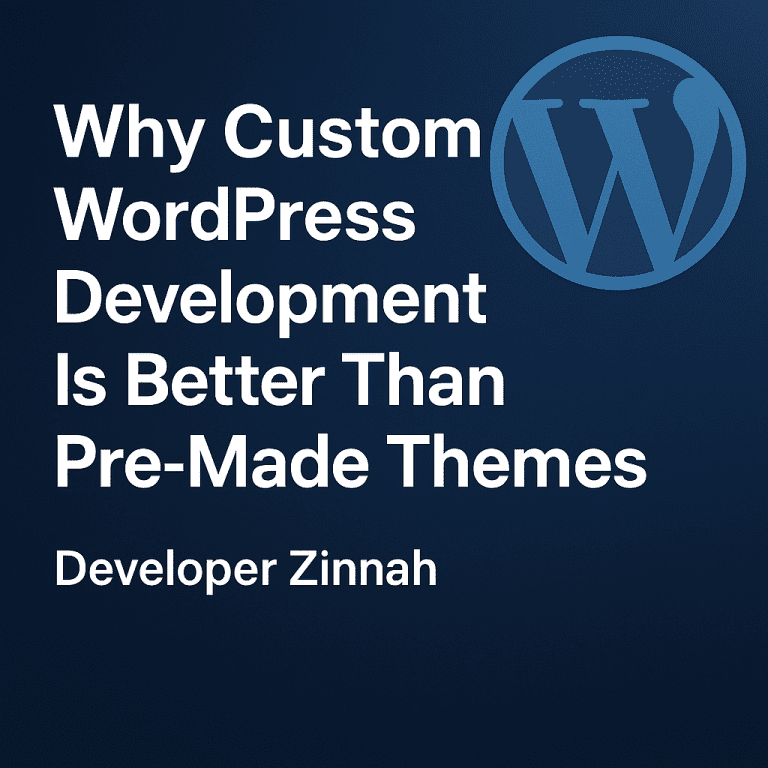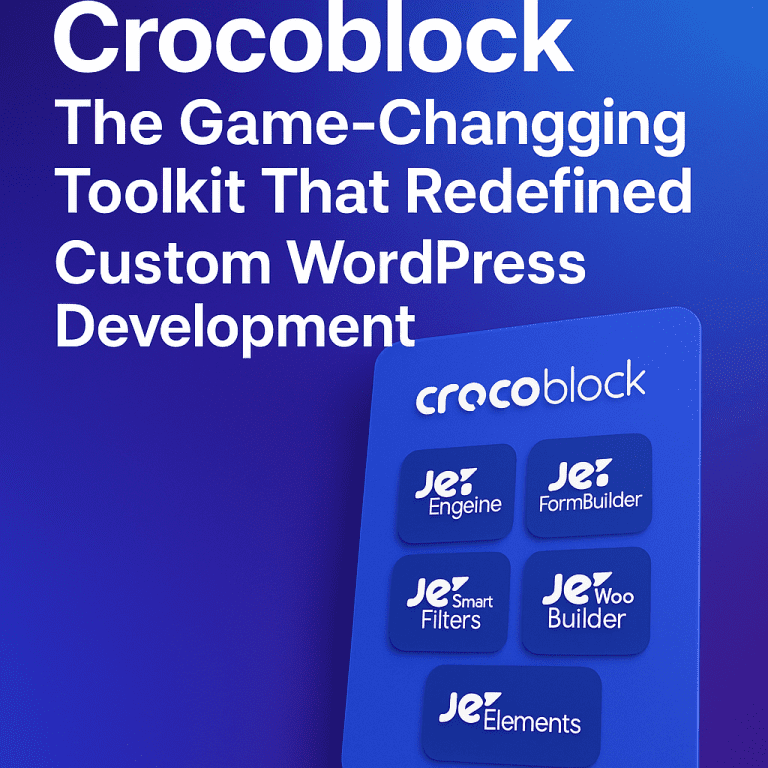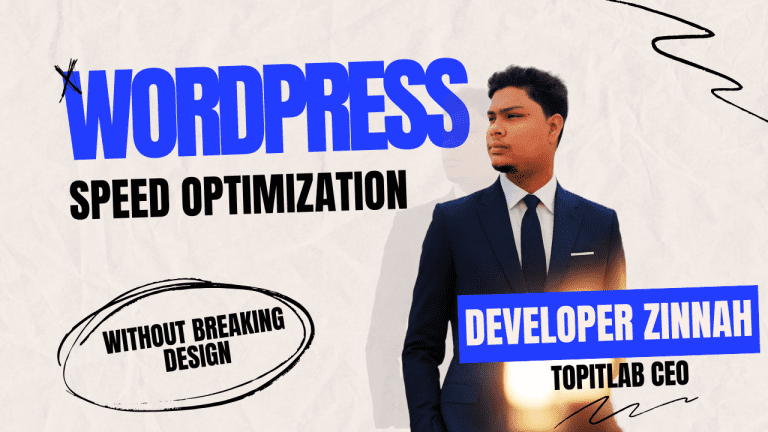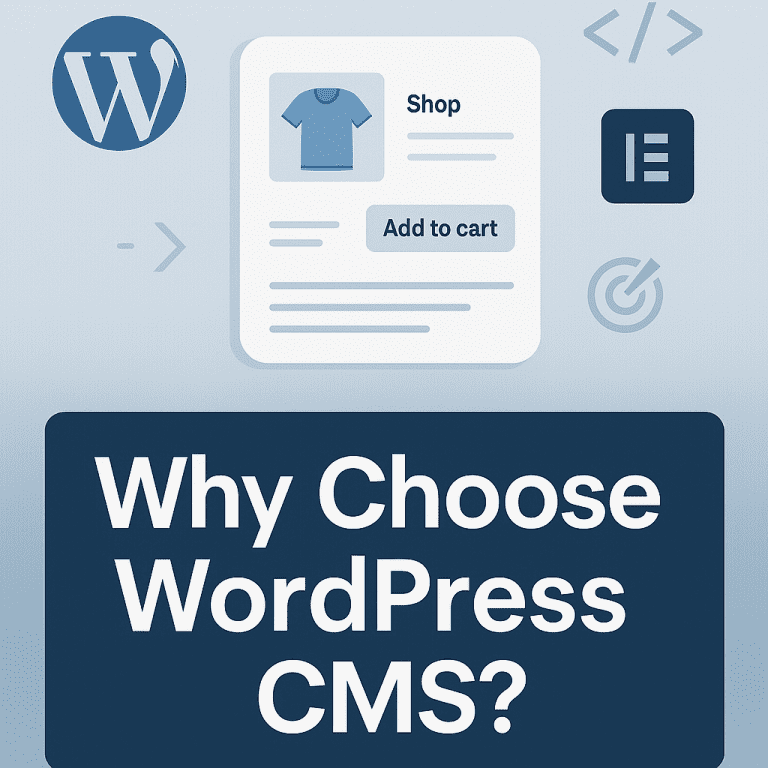Why Website Speed Matters in 2025
In the fast-paced digital world, website speed directly impacts your user experience, SEO rankings, and conversion rates. Google considers page speed a ranking factor, and users expect pages to load in under 2 seconds. If your WordPress site is slow, you risk losing traffic, sales, and reputation.
1. Choose a Lightweight Theme
Use a well-coded, lightweight theme like:
- Astra
- GeneratePress
- Hello Elementor
These themes load faster and avoid unnecessary bloat, which is essential for performance.
💡 Tip: Avoid themes with too many built-in features you don’t use.
2. Use a Reliable Hosting Provider
Your hosting server has a massive effect on site speed. Choose a host that provides:
- SSD storage
- PHP 8.x support
- Built-in caching
- Fast server response times
Top WordPress Hosts in 2025:
- SiteGround
- Cloudways
- Kinsta
- Rocket.net
3. Install a Caching Plugin
Caching reduces the load on your server and speeds up page delivery. Recommended caching plugins:
- WP Rocket (Premium but best-in-class)
- LiteSpeed Cache (Great for LiteSpeed servers)
- W3 Total Cache (Advanced configurations)
- WP Fastest Cache (Easy to use)
4. Optimize Images Properly
Large images are one of the biggest causes of slow loading pages. You should:
- Compress images using TinyPNG, Imagify, or ShortPixel
- Use the WebP format for modern browsers
- Lazy load images using your caching plugin or Native Lazy Loading
5. Use a Content Delivery Network (CDN)
A CDN stores your content in multiple locations worldwide, serving it from the closest server to your visitors.
Popular CDNs:
- Cloudflare (Free & powerful)
- BunnyCDN
- StackPath
6. Minify CSS, JS, and HTML
Minification removes extra characters from code without changing functionality. This makes your files smaller and faster to load.
You can:
- Enable minification in WP Rocket, LiteSpeed Cache, or Autoptimize
- Combine small files to reduce HTTP requests
7. Limit Plugins and Clean Up Database
Too many plugins can bloat your website. Use only the essential ones.
Also:
- Delete unused themes/plugins
- Clean the database with WP-Optimize or Advanced Database Cleaner
- Limit post revisions and autoloaded data
8. Disable Unused WordPress Features
You can disable features like:
- Emojis
- Embeds
- XML-RPC (if not using remote publishing)
Use a plugin like Perfmatters or custom code snippets to achieve this.
9. Use Lazy Load for Videos & Iframes
Videos and embedded content slow down your pages. Lazy load them using:
- WP Rocket
- Lazy Load by WP Rocket
- LiteSpeed Cache
You can also replace embedded YouTube videos with a clickable thumbnail preview.
10. Regularly Test and Monitor Your Speed
Use tools like:
- PageSpeed Insights (Google)
- GTmetrix
- Pingdom
- WebPageTest
Set a schedule to test your speed every month. Make changes based on real data.
Bonus Tip: Use Modern Image and Font Delivery
- Upload WebP or AVIF image formats
- Host fonts locally or preload Google Fonts
Final Thoughts
Speed optimization is not a one-time task—it’s an ongoing process. By following these best practices, you can create a faster, more user-friendly WordPress site that keeps both users and search engines happy.
Need help optimizing your WordPress site?
At TopitLab, we offer full website speed audits and performance optimization. Contact us today and let’s supercharge your website!





